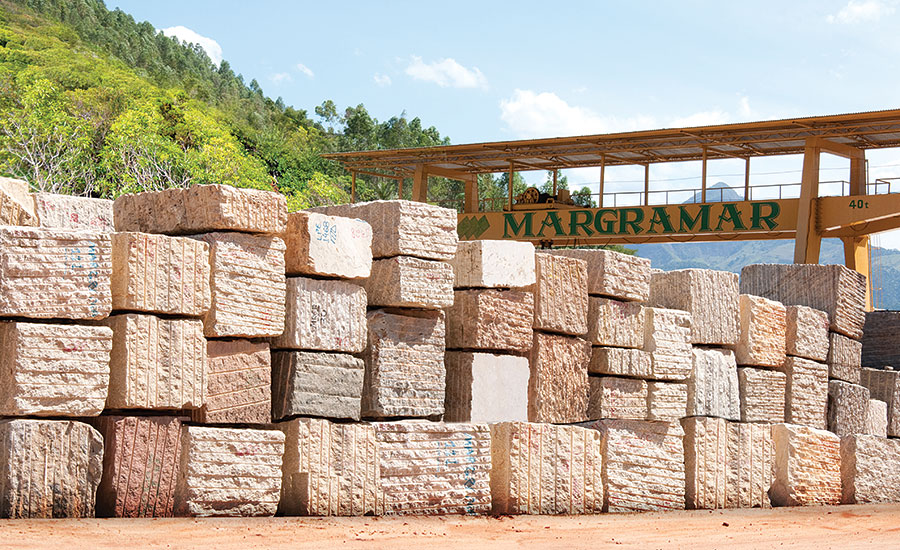Revealing Granite Quarries in South Africa Legacy: A Trip With Quarries
Revealing Granite Quarries in South Africa Legacy: A Trip With Quarries
Blog Article
Unveiling the Mysteries of Granite Quarrying: Where Toughness and Sophistication Meet
The world of granite quarrying is a realm where the raw stamina of nature converges with human artistry to create structures that stand the test of time with an air of style. From the midsts of quarries to the precise sprucing up in workshops, the procedure of transforming granite right into architectural marvels is a complex dance of tradition and innovation. As we peer right into the midsts of this ancient craft, we begin to uncover the covert intricacies that shape the extremely significance of our constructed environment.
The Beginnings of Granite Quarrying
In the annals of architectural history, the beginnings of granite quarrying are shrouded in a tapestry of ancient workmanship and geological wonders. Dating back to ancient Egypt and Mesopotamia, the extraction of granite from quarries marked the start of a journey that would at some point result in the production of several of the world's most iconic frameworks.
Granite quarrying's origins can be traced to the experienced craftsmens who acknowledged the rock's resilience and aesthetic allure. Via a mix of primitive tools and sheer determination, these early quarry employees unearthed granite blocks that would certainly come to be the building blocks of civilizations.
As human beings progressed, so did the methods of quarrying granite. The Romans, renowned for their design prowess, developed advanced methods for removing granite to build monuments, holy places, and roads that stood the test of time.
The tradition of these old quarrying practices remains to form contemporary style, with granite continuing to be an icon of strength and sophistication in building and construction jobs around the globe. (granite quarries in south africa)
Tools of the Quarrying Profession
The advancement of granite quarrying strategies from ancient worlds to modern-day times highlights the crucial function played by the tools of the quarrying sell forming the sector's practices. In ancient times, quarrying devices were rudimentary, often including knives, hammers, and wedges made from products like bronze or iron. These tools needed significant manpower and time to extract granite obstructs from quarries.

Additionally, the intro of pneumatically-driven tools and high-powered machinery has substantially decreased the physical labor needed in quarrying procedures, enhancing worker security and productivity. As the quarrying industry proceeds to introduce, the devices of the trade remain at the forefront of driving progression and shaping the future of granite removal.
Extracting Blocks of Granite
Making use of precision equipment and progressed techniques, the removal of granite obstructs from quarries has actually come to be an innovative process in the contemporary quarrying market. The preliminary step involves recognizing the area and dimension of the granite deposit to establish the most efficient extraction method. As soon as an appropriate website is chosen, the removal process starts with the drilling of holes for the positioning of nitroglycerins. Regulated blasting strategies are then employed to break apart the granite right into workable areas.

Polishing and Ending Up Methods
To accomplish a perfect surface on granite blocks, knowledgeable artisans employ a series of precise sprucing up and ending up techniques. After look at this site the preliminary extraction and shaping procedures, the granite obstructs undertake a complete polishing stage to improve their all-natural beauty and durability. One usual approach utilized in brightening granite is diamond abrasion, where industrial diamonds are used to grind and polish the stone to a smooth finish. This procedure not only see page develops a shiny surface area yet likewise guarantees uniformity in color and structure throughout the granite block.
In addition to sprucing up, completing techniques are put on additional fine-tune the granite's look. These methods might include flaming, refining, or brushing, each offering one-of-a-kind textures and coatings to match various aesthetic preferences. Flaming, as an example, entails revealing the granite surface area to heats to create a rough, distinctive coating, ideal for exterior applications where slip-resistance is necessary. Sharpening, on the other hand, offers a matte finish that is smooth to the touch, perfect for indoor countertops and flooring. By thoroughly selecting and applying these polishing and ending up techniques, craftsmens can transform raw granite blocks into exquisite items that showcase both toughness and elegance.

Environmental Impact and Sustainability
With the expanding emphasis on environmental awareness in the sector, granite quarrying practices are progressively scrutinized for their influence on natural sources and long-lasting sustainability. Quarrying for granite can have substantial environmental ramifications. The removal process frequently includes making use of hefty machinery, nitroglycerins, and big quantities of water, bring about habitat devastation, soil disintegration, and water pollution. Furthermore, the transport of granite from quarries to processing facilities produces carbon exhausts, even more contributing to environmental destruction. granite quarries in south africa.
To mitigate these impacts and ensure sustainability in granite quarrying, market stakeholders are taking on numerous steps. Carrying out innovative innovations to reduce power consumption and water usage, redeeming quarried land for eco-friendly restoration, and advertising liable sourcing techniques are some strategies being employed. Certifications such as the Forest Stewardship Council (FSC) and the Leadership in Energy and Environmental Design (LEED) help consumers determine ecologically pleasant granite products.
Final Thought
Finally, granite quarrying is a process that needs specialized devices and strategies to essence blocks of granite and brighten them to a high degree of finish. While the environmental impact of quarrying can be significant, initiatives are being made to enhance sustainability Resources practices in the market. On the whole, granite quarrying is a delicate equilibrium between harnessing the stamina and sophistication of this natural rock while decreasing its influence on the atmosphere.
Report this page